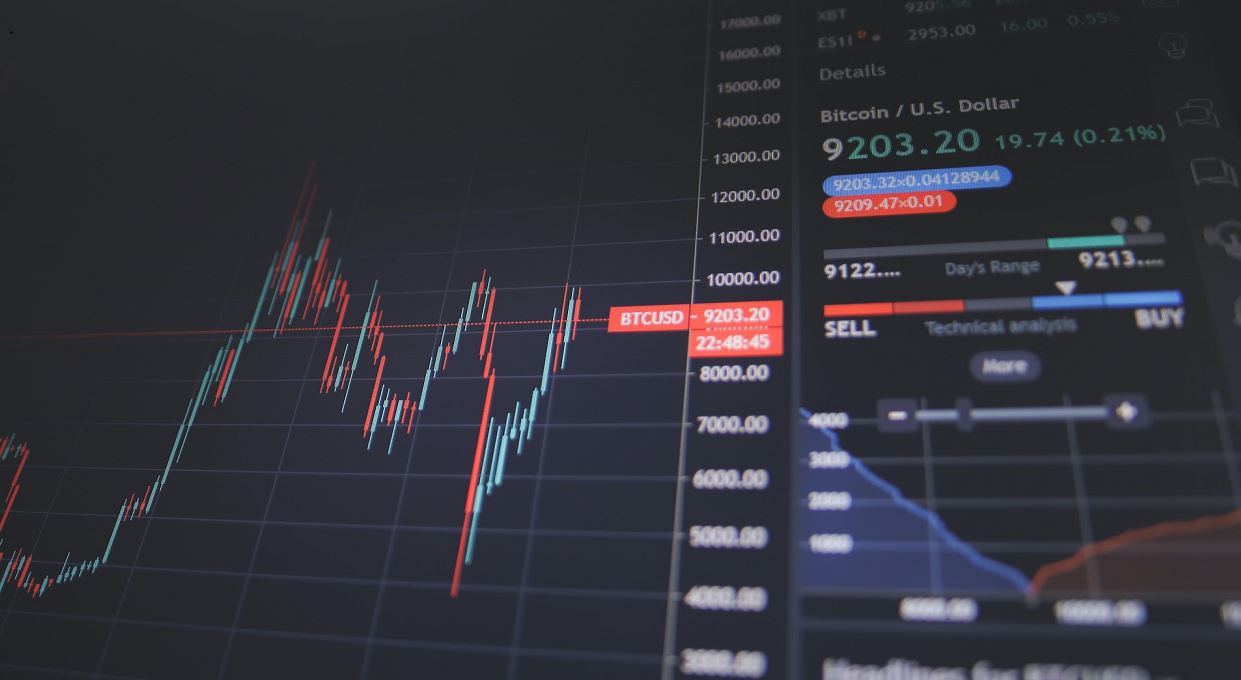news
How Does AI Impact Stock Market Volatility?

It may seem like AI stocks are on the verge of another investment bubble, but a glance at the numbers suggests that isn’t true. The specific set of conditions that characterize a classic bubble, such as low-interest rates and central bank easy money, are no longer present.
Our qualitative research complemented the quantitative results from the survey by uncovering trends, challenges, and opportunities in the adoption of AI and ML in financial markets. Check this website to get to know more about AI trading and the stock market.
1. Fake Images
One of the biggest risks associated with AI is the ability of systems to generate fake images. This is a significant threat to market stability because people may be unable to discern whether an image is real or not. Generative AI like StyleGAN2 can create passport-like headshots that look remarkably convincing.
The impact of this could be felt most strongly with high-frequency trading algorithms. These algorithms are designed to take advantage of market inefficiencies and capitalize on short-term price discrepancies. However, they can be vulnerable to fake news and other factors that cause a flash of investor panic.
It is also important to note that there are some concerns about the surging interest in AI stocks and related technology. It’s not practical to avoid these stocks altogether but investors should be on guard for companies that make big promises about new AI products. The market can be very unforgiving of false starts and hype.
2. High-Frequency Algorithmic Trading
Some of the fears around AI-driven trading strategies involve herding behaviour or other systemic risks that could exacerbate market volatility. For instance, AI and ML expert systems that are programmed to adopt similar strategies or look for the same signals may act on them in unison, exacerbating market volatility.
There is also the belief that HFT firms contribute vital liquidity to markets, helping reduce bid/ask spreads and bringing buyers and sellers together more efficiently. However, this argument has been criticized, and some regulators have fined HFT traders for price manipulation.
But Nir Vulkan, a professor of business economics, says that it is unlikely HFT traders caused the market move seen in the fake image case. Instead, he suggests it was the spread of misinformation that sparked it. Markets have always reacted to rumours and misinformation, he says, but the price moves tend to correct themselves once the truth comes out.
3. Black Swan Events
Black Swan events are rare outliers with huge impacts on business and society. They can’t be predicted or understood until after they occur.
According to former Wall Street trader and author Nassim Taleb, these calamitous events are often a combination of factors that make them hard to anticipate, like an economic bubble or pandemic. He cites the dot-com bubble and the 2008 financial crisis as examples. In both cases, stakeholders looked for and found clues that could have predicted the events, but these lacked the magnitude of the final impact.
In the case of AI, a surge in business investment may drive adoption and lead to new productivity gains. But if investor sentiment shifts away from these technologies as it did with the internet in the late 1990s or central banks start hiking interest rates again, volatility could increase. Adding protection through a balanced portfolio with investments in companies that aren’t as dependent on these technologies can help offset potential risks.
4. Market Volatility
Market volatility is how much your portfolio fluctuates and can cause your assets to increase or decrease in value quickly. This is usually caused by unpredictable events, like a stock market drop. Volatility is often measured by calculating the standard deviation of returns over time. It is also an important variable in option pricing models.
When markets are volatile, consumers exercise caution in their spending habits. This can lead to a slowdown in growth for companies that depend on consumer spending to thrive.
Investors may be able to survive periods of high market volatility by sticking to their investment strategy and maintaining an emergency fund. However, these periods can be difficult to navigate. This is why it is crucial to understand the causes of market volatility and ways to manage it. It’s also essential to remember that these moments are natural and will happen periodically. For instance, the COVID-19 pandemic resulted in a dramatic spike in market volatility.
